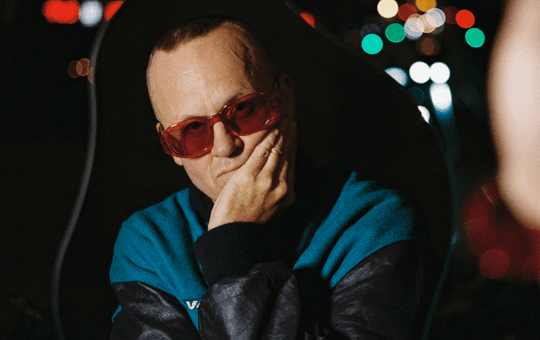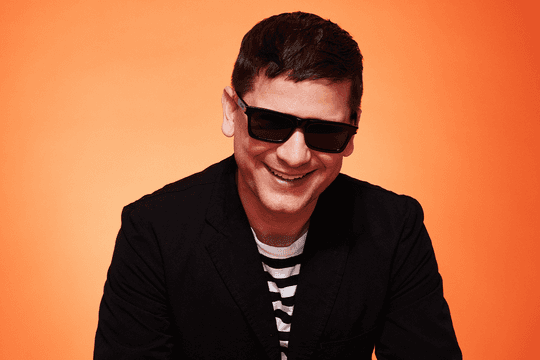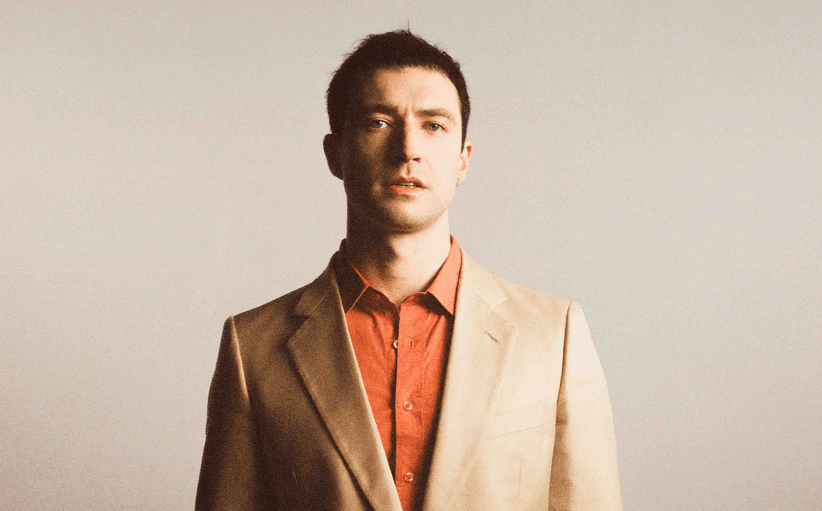The 2.0Pac hologram was really, really weird
Last weekend at the Coachella festival, using the high definition projection system Musion Eyeliner, a 2D image of Tupac was projected onto a stage-wide, metallized film screen which creates the illusion of a 3D figure moving effortlessly in free space. The short video that documented the event has been shared on social networks across the world in the past few days, and largely to a mix of joyous and starry-eyed wonder; of how “real” it looked, how “naturally” he moved, how emotional it was for the audience at the time. Katy Perry tweeted that she was nearly moved to tears when she saw it, and Ebro Darden of US hip hip radio station WQHT (HOT-97) later praised the Coachella organisers for “bringing Pac back to life for this performance.”
While this technology has been used to project images of people before, most notably with the band Gorillaz, this is the first time that a hologram projection of a dead person has been done in the public arena. This seriously tests us as spectators. Once the suspension of disbelief passes, and the initial shock and awe at the power of the technology that facilitates the spectacle fades, the novelty of it as pure entertainment is as fleeting as the act itself. The Tupac hologram is macabre in a way that I cannot quite shake.
It is a distortion of cause and effect, of life and death, of real and unreal. It disorders our sense of reality. Ebro Darden of Hot-97 was wrong; all that is resurrected is one image of him that has passed down into popular culture, one that we approve of and wish to preserve as the lasting, ideal one. In our modern world this becomes a hyperreal dilution of a human being turned cultural icon turned image-of-a-cultural-icon, until any connection we once could have had to the original becomes irrelevant. You can imagine Jean Baudrillard taking a pause from his afternoon reading to watch the Coachella video on loop. As Tupac emerges, Baudrillard’s brow would furrow even further, barely able to take in the perfect irony with which his ideas have been given a very public and creepy platform.
Katy Perry and Ebro Darden are wrong because a simulation of a person is not a representation of them. Representation implies that the hologram and the dead man are one in the same. Although the projection at Coachella does much the same thing in the eyes of the audience it takes a different route and says “hey, listen, don’t worry, it’s not him, it’s just a symbol of him, and all we care about is the symbol.” The symbol is the most important thing. Simulation is difficult and awkward because it begs a difficult and awkward question – if we accept for a short time that the simulation is real, how do we feel about the very real elements that work alongside it? Are they any less real? This mixture of real and artifice makes Snoop Dogg and Dr Dre look seriously weird, like two Philip K. Dick-esque “dying birds of authentic humanness”. At its most accepting they want to re-live the experience of performing with him, and share that experience with his adoring fans. At its most cynical, it’s a cold and heartless exploitation of his pop culture image in order to make money.
At one point, the hologram ‘turns’ to Snoop and says that they are “two of Americas Most Wanted in the same place at the same time.” One wonders what exactly was going through Snoop Dogg’s mind.
One wonders what exactly was going through Snoop Dogg’s mind watching his long-dead friend mime along to a backing track, his voice reverberating into the night from beyond the grave. At one point, the hologram ‘turns’ to Snoop and says that they are “two of Americas Most Wanted in the same place at the same time.” The layers of irony continue to peel away. The presence of the hologram is overshadowed by a profound absence that comes across rather awkwardly in the affectionate, mournful sentiments of Katy Perry and others like her. How can we be moved by a falsehood, and a conscious one at that?

We have the technological capacity to do it, so why not? The process of dehumanisation is complete and we are, in the main, pretty cool with it. Look how glittery and awesome it all is! I’m definitely filming this and sending it to my mum. However bizarre this may seem, it speaks to how we view The Artist nowadays. Baudrillard would call this hologram a modern image of the “immortal survivor, since the second existence is without an end”, a kind of “paradoxical immortality” that has been allowed to happen because we don’t want to accept that things must come to an end.
At its most elemental the hologram implies that there is no longer a possibility of a total death, and in this respect the choice of Shakur is a logical once. As an artist he has transgressed popular culture as not just a famous music figure, but a rapper who commanded an emotional connection with his fans unlike almost any other. Most importantly he was ‘taken’ from his fans, gunned down in 1996 and the prime of his career. Since that day the numbers have spoken for themselves. Tupac has sold upwards of 75 million records worldwide, and the vast majority of them posthumously.
We seem to be comfortable with this excess of The End which wrings the memory of the dead dry for brief spectacle and even dehumanises those who we revere.
The typical upsurge in record sales of an artist in the immediate aftermath of their death speaks to our fascination and reverence of pop icons who we feel leave us too soon. We wanted more from them, yet now we can get more. Death is now barely an obstacle in our desires to drain more and more from those who have touched us as fans. We seem to be comfortable with this excess of The End which wrings the memory of the dead dry for brief spectacle and even dehumanises those who we revere. It is an invasion of the individual at its most base and self-serving.
The hologram takes the concept of the profitable, posthumous music career to newer heights, particularly in light of recent discussions to take the Tupac hologram on a nationwide stadium tour of the US. Would you pay to see a projection of a dead man? Could your willing suspension of disbelief be maintained for an hour, or even longer? Moreover, what would you expect to ‘experience’ in such a scenario? There will be those who consider themselves robbed of the chance to see an artist perform when they were alive, and would probably gladly pay to see a hologram projection of them after their death.
Yet this would not be an experience, nor a performance. It would indeed be extraordinary, but not in the way you would typically expect. A performance is grounded in subject, and a subject does not just evaporate after the encore. It would be a resurrection without a body, grounded in a false reality that is borderline insulting to the memory of the performer when they were alive. It would be an intensified revisiting of a time that we know we could never have experienced in reality; a falsehood created to facilitate a form of eerie, selfish escapism.
The image of Tupac in his prime as the collective wishes to remember him also begs the question of who, frankly, is next. This kind of second existence without an end where the dead – the dead taken from us right when we loved them most – are reconstituted at seemingly appropriate moments of homage could extend beyond the realm of brief music festival appearances. James Dean could present an Oscar. Amy Winehouse could make a ‘comeback’ tour. The length of time that would need to elapse before such acts could be considered appropriate would be debatable too. To put it bluntly, how cold would the grave have to be?













